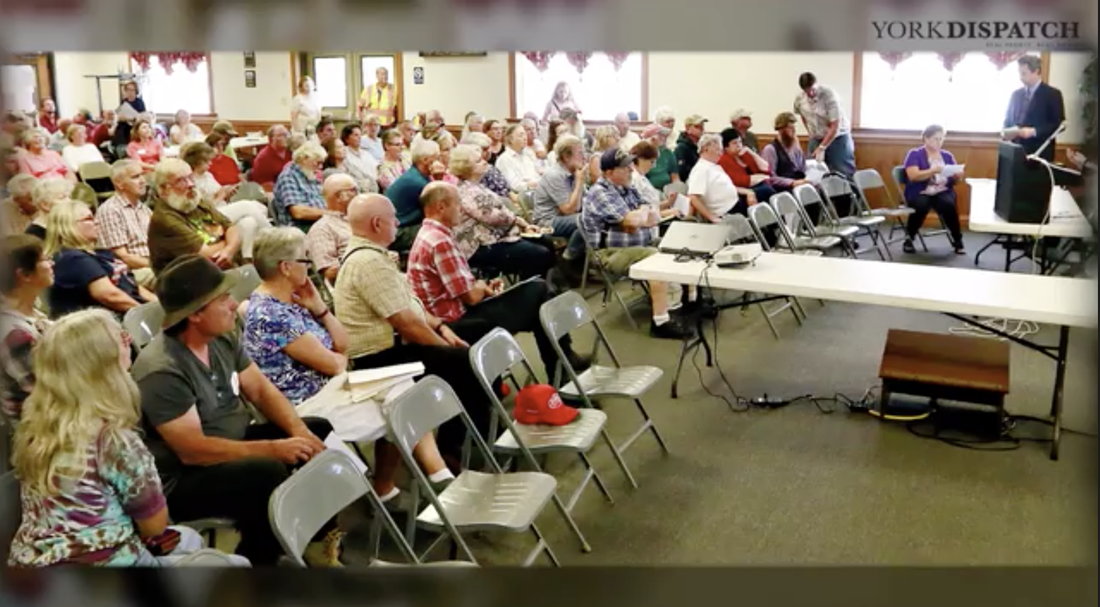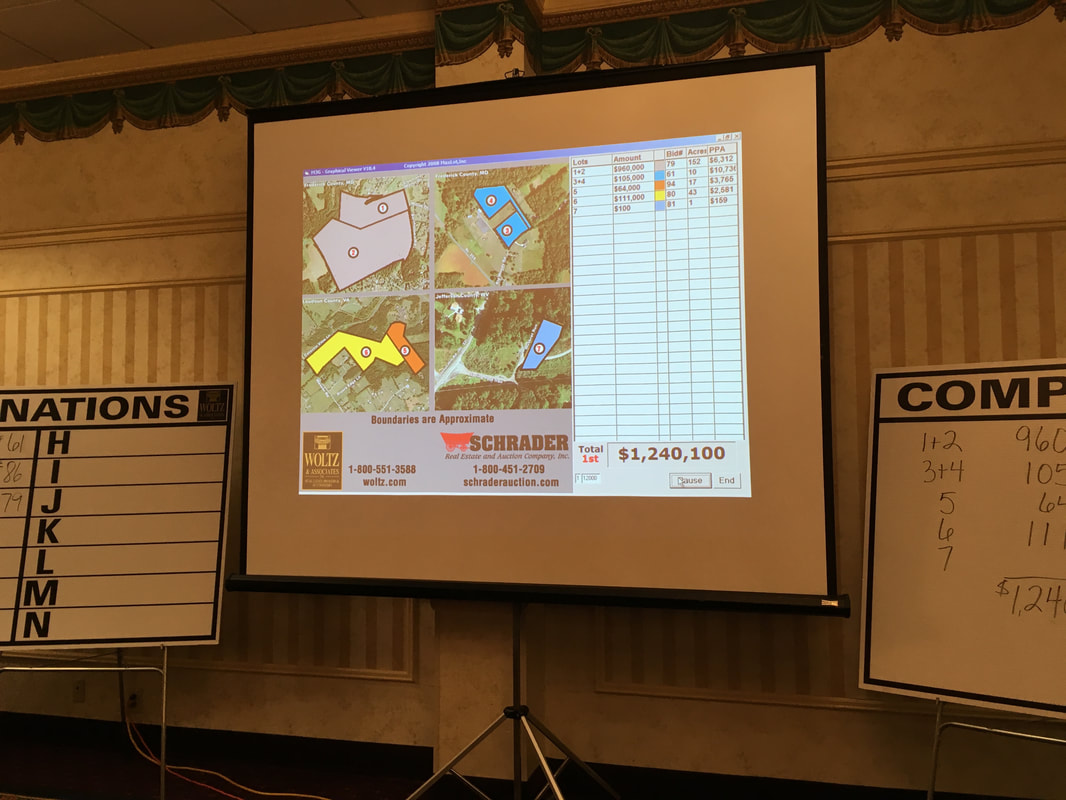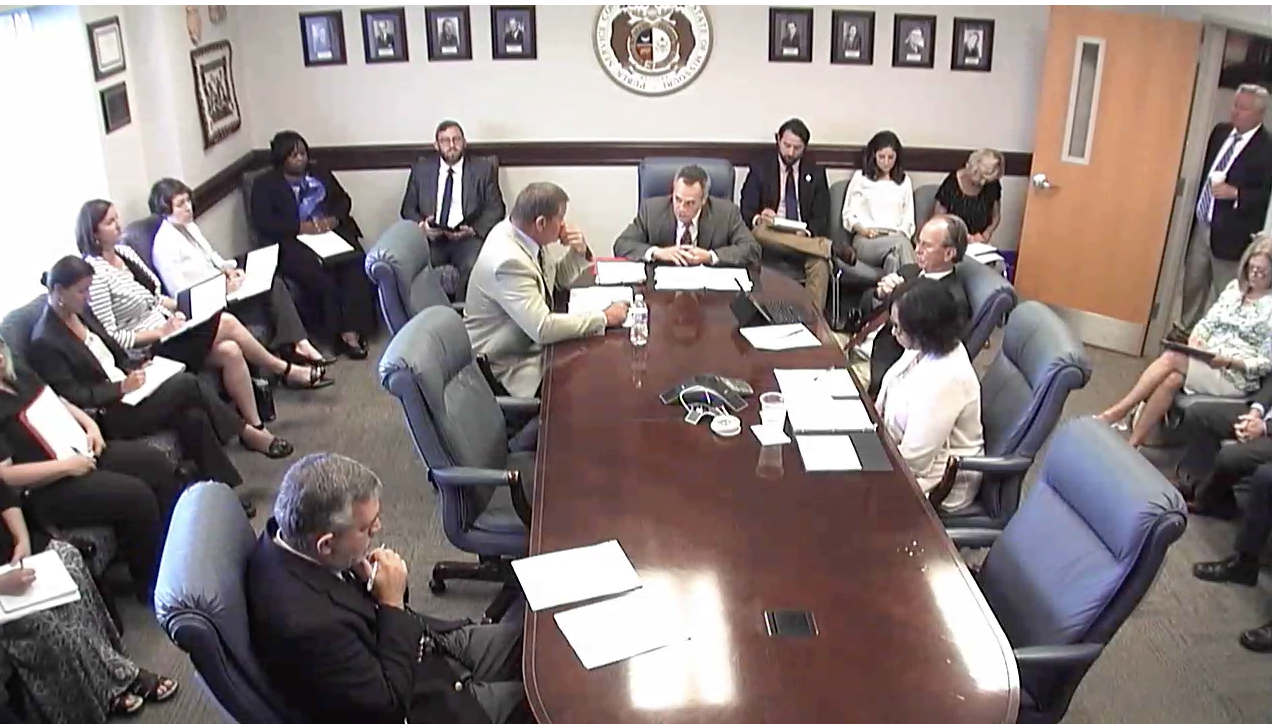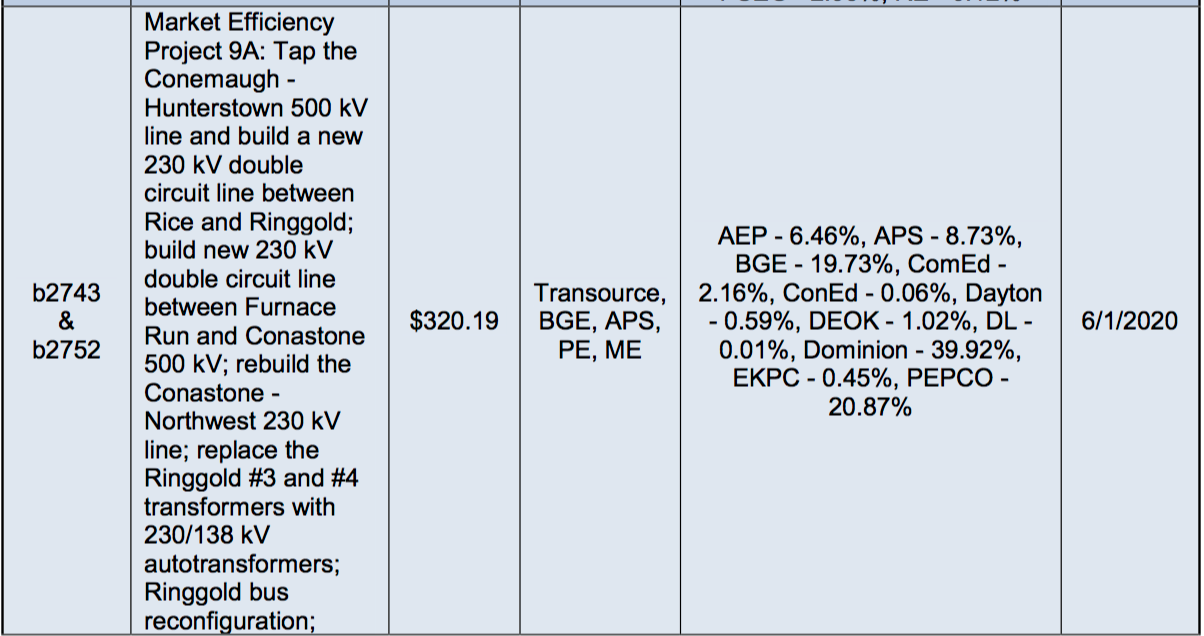Also no surprise that these parties simply recycled their tired, old arguments about what the ATXI opinion said and how it wasn't relevant to GBE's application. Yawn.
But, just to keep things fully offensive, GBE threw in a few new arguments even stupider than their previous ones, and MJMEUC relied on veiled threats to coerce rehearing from the PSC. Nice, guys, real nice. There's probably very few ways you could be more offensive to society than this.
GBE's piggy bank must be pretty low. I say that because GBE asks the PSC to pretend that the counties have granted approval for its project required under Section 229.100 of Missouri law.
The Commission further erred when it determined that the Company did not submit evidence of county assents in this case. See Report and Order at 14. The record clearly contained such evidence, as the Commission found in its own findings of fact. See Report and Order, ¶ 12 at p. 8, citing Ex. 300 at 33 (Lowenstein Rebuttal) & Sched. LDL-3. In any event, while the Commission correctly noted that certain county commissions have attempted to rescind their previously-granted assents, it is not within the purview of this Commission to determine the validity of assents or rescissions. See Report and Order at 8. See also Ex. 300, Lowenstein Rebuttal, at 33, Sched. LDL-4. The Commission plainly does not have the authority to determine whether governmental approvals are valid, a question that is reserved to the courts. See State ex rel. Elec. Co. of Missouri v. Atkinson, 275 Mo. 325, 204 S.W. 897, 898
(Mo. en banc 1918).
And let's talk about Clean Line's abuse of the Commerce Clause now, shall we? Clean Line opens this bogus argument like so:
The Commission’s conclusions in this case violate the dormant federalism principles embodied in the Commerce Clause, which restrict state intrusion upon the flow of interstate commerce. Because the Commission’s decision in its Report and Order discriminates against interstate commerce, it is unconstitutional.
Courts have long-recognized that inconsistent state regulation of those aspects of commerce that by their unique nature demand cohesive national treatment offends the Commerce
Clause.
The Commission’s decision here is equally likely to paralyze the development of interstate electric transmission to deliver low-cost renewable wind power from high capacity states to states that lack renewable energy resources. Accordingly, the Report and Order violates the Commerce Clause of the U.S. Constitution, and should be reheard.
Go away, Clean Line, you're ridiculous.
Now, let's take a look at MJMEUC's overt threat against the PSC.
Four of the five Commissioners found the Grain Belt Project to be “necessary or convenient for the public service.”34 Specifically, the four Commissioners found the Project “is needed primarily because of the benefits to the members of the Missouri Joint Municipal Electric Utility Commission (“MJMEUC”) and their hundreds of thousands of customers...[who] would have saved approximately $9-11 million annually.”35 But the Report and Order is unlawful and unreasonable, and must thus be subjected to appellate review, and the months or years that will be consumed in that process are likely to cause failure of the Project and denial of the hundreds of millions of dollars of acknowledged benefit to MJMEUC’s members over the planned life of the Project. Therefore, the Report and Order operates to confiscate the benefit to MJMEUC that is acknowledged in the Concurring Opinion – it is unjust for the Commission to acknowledge a benefit and then act to deprive the intended recipient of that benefit.36 The Report and Order is unjust, as well as unlawful and unreasonable, and rehearing is necessary.
You're also utterly ridiculous, MJMEUC. Go ahead, sue your own state government for hundreds of millions of dollars in "damages." I dare you.
Gosh, I wonder if the four PSC Commissioners who thought it was a good idea to create and sign that concurrence are having second thoughts yet? It's definitely not harmless when it's being proposed as the basis for a multi-million dollar lawsuit. And a violation of the Commerce Clause. And the idea that Missouri counties should shoulder the burden of proving rescinded assents aren't legal. If the Commissioners haven't figured out yet that they were led down the primrose path and stabbed in the back by Clean Line and its supporters, here's an idea...
The Report and Order of August 16, 2017, denied Grain Belt’s Application for a CCN, and thus totally resolved the case, leaving no remaining disputes among the parties which needed to be addressed in order to finally dispose of the case. The Concurring Opinion issued on that same date therefore had no practical effect whatsoever, nor did it provide any specific relief to any party to the case. It merely said that hypothetically, if we had to reach a decision on the merits of the Tartan criteria, which we do not, here is how we would have ruled. As such the Concurring Opinion amounts to a mere “advisory opinion”, which by law the Commission is not permitted to issue. State ex rel. Laclede Gas Co. v. Pub. Serv. Comm’n of Mo., 392 S.W.3d 24, 38 (Mo. App. 2013). See also Order Directing Filing, Commission case no. EO-2013-0359, p. 2 (EFIS No. 2). Accordingly, the Applicants respectfully suggest that the Concurring Opinion issued on August 16, 2017 is unlawful and unreasonable, and should be withdrawn.
Just when I think Clean Line can't get any more morally bankrupt, they continue to amaze. Stomping on the backs of others in order to lift yourself up for false praise and reward is a vile and disgusting practice, both in Mayberry and the rest of the world. Clean Line's moral compass seems to be broken. Shameful.






 RSS Feed
RSS Feed